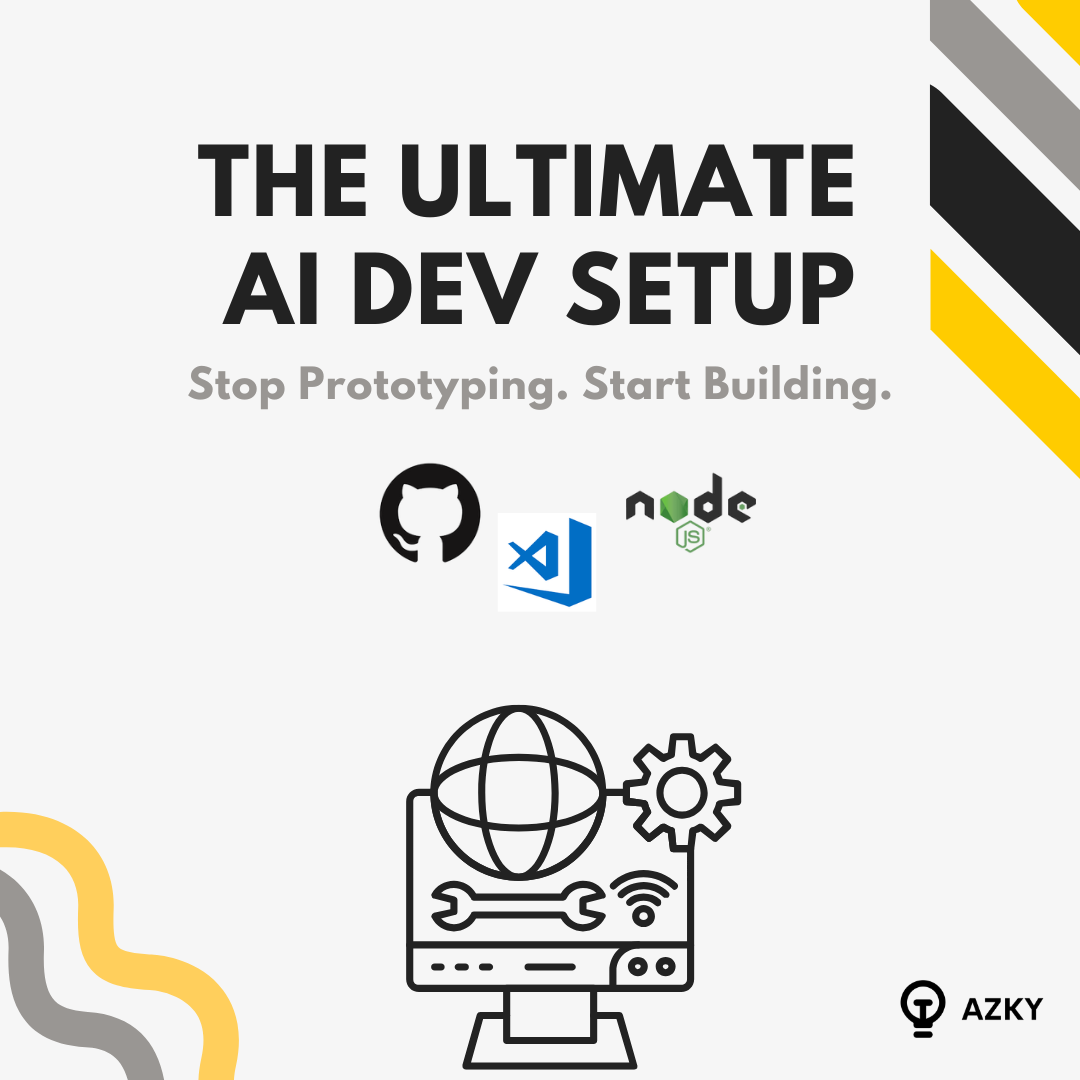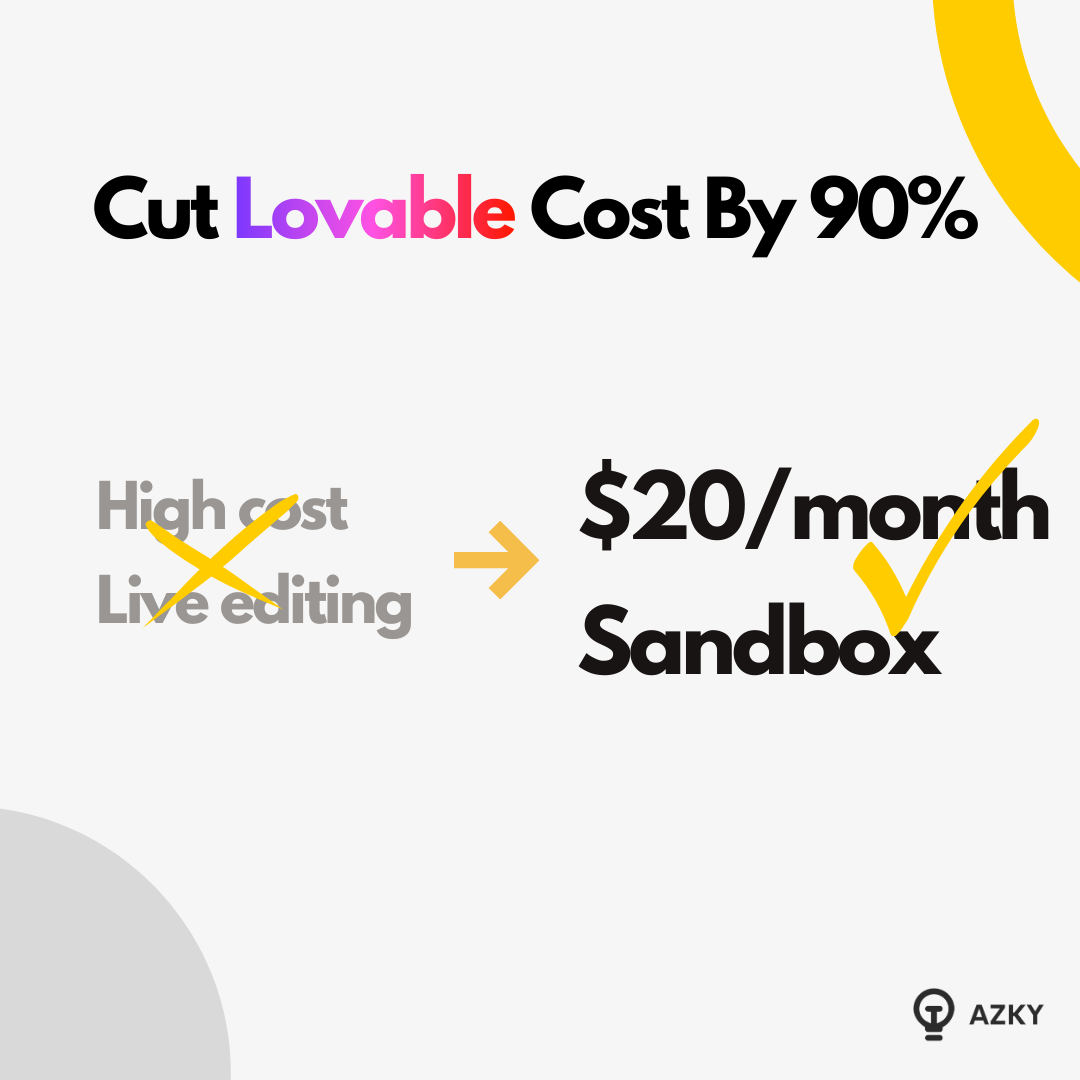How to build a marketplace

At AZKY Tech Labs, we have built quite a few marketplaces and we are usually building one at any given time. Building the product in bubble is easy but building a marketplace that works as a business is hard. This document provides a breakdown of the different phases a marketplace needs to go through.
A bit of background
Marketplaces are fantastic when they work. But they suffer from a chicken and egg problem. If we don’t have enough buyers, sellers don’t join. If we don’t have enough sellers, buyers don’t come.
The most important thing is to realize that getting paid is totally different from having a functioning marketplace with buyers and sellers.
Which would you have?
- A marketplace with no payment system and no buyers/sellers.
- A marketplace with a payment system and no buyers/sellers.
Ideally, we’d like a marketplace with a payment model and buyers and sellers but there is no getting around the chicken/egg problem (unless you already have an audience of buyers/sellers waiting)
Each marketplace is unique, but this document can provide a blueprint that can be a way some marketplaces build up and gain traction.
We split the problem into three phases. For our fictitious example, we will build a coaching marketplace. Coaches sell their hours of coaching. Mentees are interested in being coached on a particular subject.
Marketplace business models are something I’ll talk about at the end. First, we need a marketplace with sellers, then we need buyers, then we need transactions happening through the marketplace, then the money comes. There is no point in having a marketplace with a complicated payment/booking system with no buyers/sellers
Phase 1: Getting more sellers
Our plan for phase 1 is to just get coaches(sellers) on the platform.
We build a landing page just for coaches. We explain the value proposition and talk to coaches 1-1 vs paid ads etc. Here is the rough sequence.
Amazingapp.com is a Landing page for coaches - > Sign up and onboarding -> dashboard
Coaches get their public profile page e.g. amazingapp.com/coaches/zubair
There is a Send message button on the profile page that just opens a popup, asks for an email from the buyer and a plain message. This sends coaches a message. Coaches like their profile page and expect some leads. We track all activity on that send message button and start pooling all buyers too.
At this point, GO LIVE and start onboarding sellers.
Note: Only the innovators and early adopters will join at this phase. The rest will pick at the quirks in our MVP. Get their feedback but don’t fret too much about these naysayers. For more info about types of adopters see https://en.wikipedia.org/wiki/Diffusion_of_innovations

Phase 2: Getting buyers
Now that we have 100s of sellers and we have spoken to them and we have their feedback on the types of features the sellers would like to see, we shift our focus to buyers.
The seller landing page moves to
amazingapp.com/join-us
Amazingapp.com becomes buyer focused.
We build
- A landing page for buyers
- i.e. mentees can come in and understand the value proposition
- Search with filters and a gallery view of all sellers
- Mentees can search our marketplace for the right coach they need.
- Mentees see individual listings and send new messages
At this point, GO LIVE and start marketing to buyers.
Phase 3: USP features
In phases 1 and 2, we made the buyers and sellers go off-platform easily. This can be perfectly fine and depends on our business model.
Business models:
- Charge Sellers a flat subscription fee e.g.
- $10/month to stay live on the marketplace, free x y z features etc. a badge pro member etc.
- The free plan shows you lower in the search results and you can only receive up-to 5 messages in a month after which you disappear from the search results for that month.
- This is less profitable but provides 0 risk to buyers/sellers to go off-platform.
- Charge a percentage of the transaction
- This encourages people to go off-platform but can be more lucrative.
- However, do run the numbers, please.
If we charge a 5% commission on $10000 monthly volume, this is $500/month. Deduct processing fees and other costs of running a business, this is basically no money.
- In our other example 50 coaches on a paid plan reaches $500/month.
At this point, we know our buyers and sellers. We know what features they want. We start investing our energies in product features that become the USP and we can start charging for our marketplace.
Have a question? Get in touch below
Have a product idea?
We have probably built something similar before, let us help you


.png)

